Hervé This, one of the fathers of molecular gastronomy and a physical chemist by trade, created this recipe for chocolate mousse that uses chocolate (obviously) along with just one other ingredient – the one ingredient that we are always told to keep far away from chocolate – water.
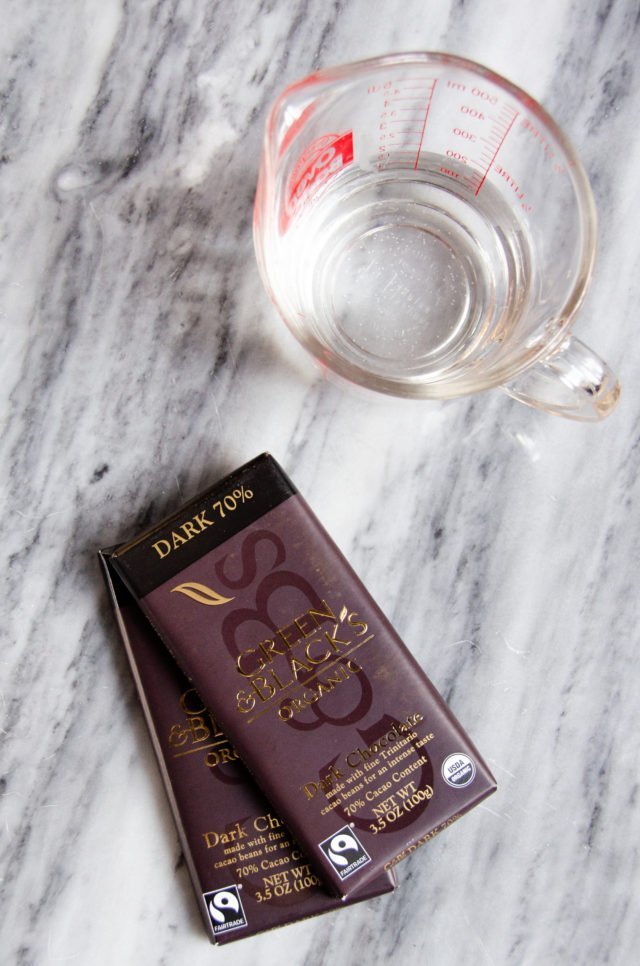
Usually, if you accidentally get water in the chocolate that you are melting, the fat molecules in the chocolate will seize up and form lumps, rendering it useless (although there is a way to save it). Mr. This’ mousse recipe contradicts this rule at its core. Instead, Mr. This approached the recipe by thinking about mousse from a very basic level. A mousse is really an emulsion (a mixture of two ingredients that do not usually go together – like oil and water) where air bubbles are suspended in another ingredient. Whipped cream, for instance, appears mousse-like because it has air bubbles suspended or trapped in fat molecules. The fat molecules trap the air because they are cold and crystallize around the air that is being whipped into them. That is why we always want to make sure heavy cream is cold when we whip it.
Stay with me…
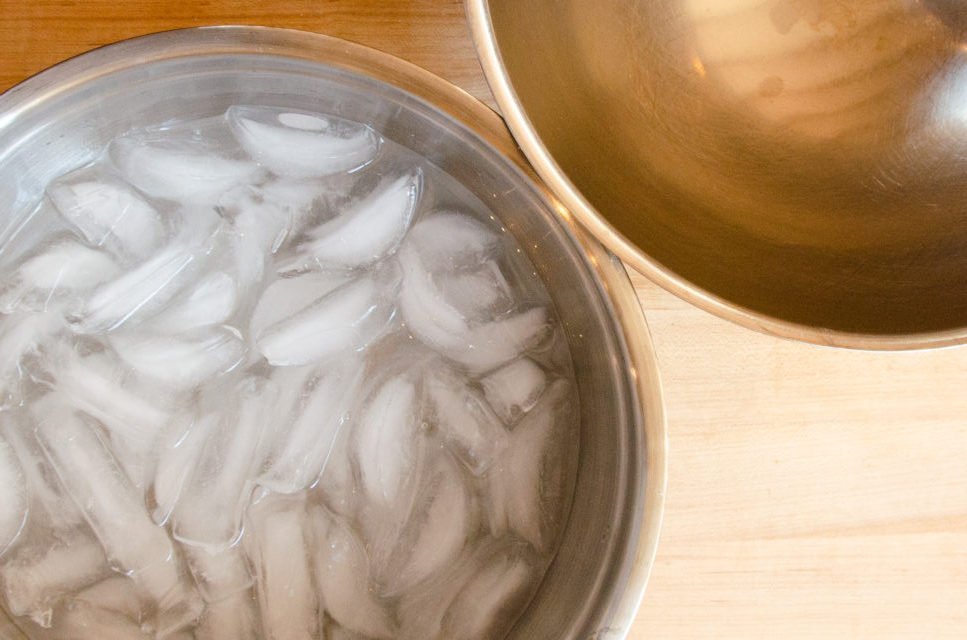
So, Mr. This determined that if he could give chocolate a ratio of liquid to fat similar to that of heavy cream, he could probably whip chocolate into a mousse, just like heavy cream can be whipped into whipped cream. And so, he added water (not a little) to the chocolate and melted the chocolate into a smooth liquid. The chocolate doesn’t seize up when you add the water because you add enough water that the fat molecules become suspended in the water instead of clumping together. The result is liquid chocolate – fat molecules suspended in water. Then, by chilling the chocolate while whipping the liquid, you can whip air into the chocolate and the cooling fat molecules will crystalize around the air turning the chocolate into mousse! Hervé This’ chocolate mousse!
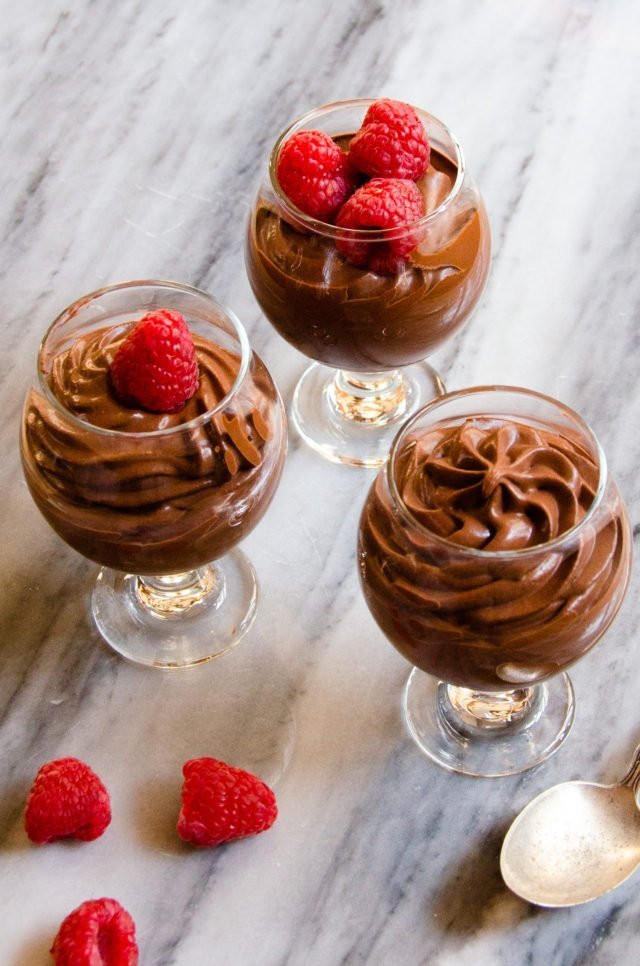
I know all of that sounds very scientific and complicated, but this recipe truly couldn’t be simpler.
To prove that, let me tell you about everything that could go wrong and how you can easily fix each and every one.
- If the chocolate doesn’t have enough cocoa fat in it, it might not whip up. If this happens to you (because you’re not using 70% chocolate or you don’t know the percentage of cocoa in your chocolate), just add a little more chocolate to the mix, melt everything down again and whip it up one more time. No harm done.
- If the whipped mousse is too thick, just melt the chocolate again, add a little water and whip it one more time. No harm done.
- Finally, if you whisk it too much and the mousse becomes grainy, just melt it down again, add nothing and whip it one more time. Again, no harm done.
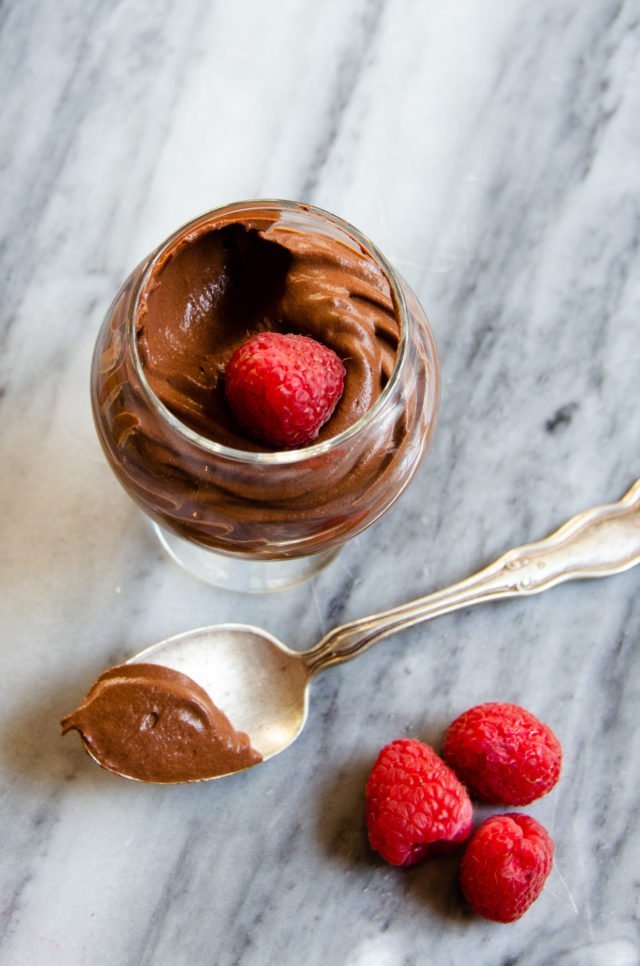
It’s rare to find a recipe that relies on science so heavily, but is also so forgiving. You can make mistakes, but you can always fix them. That is a comfortable recipe. A magical comfortable recipe.
If you want to see how to make a traditional chocolate mousse, check out the video here or try my chocolate espresso mousse recipe here.
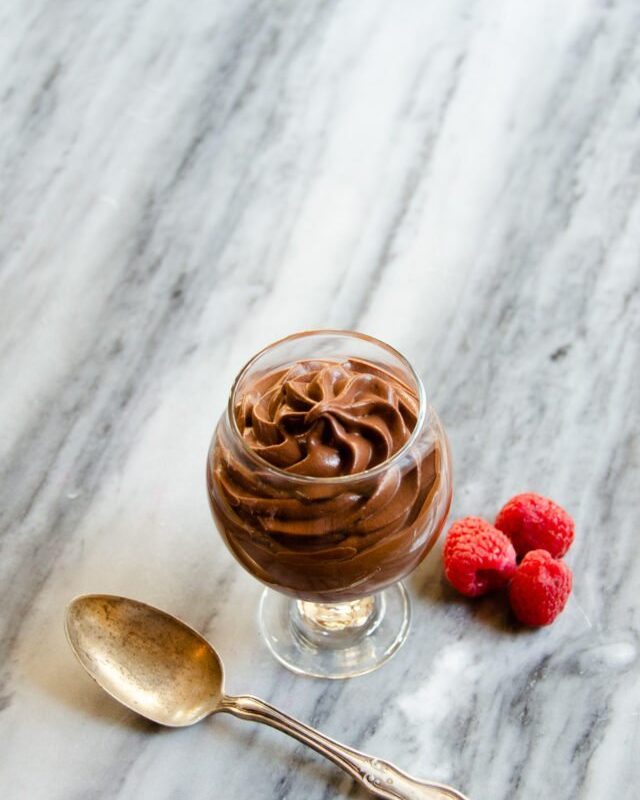
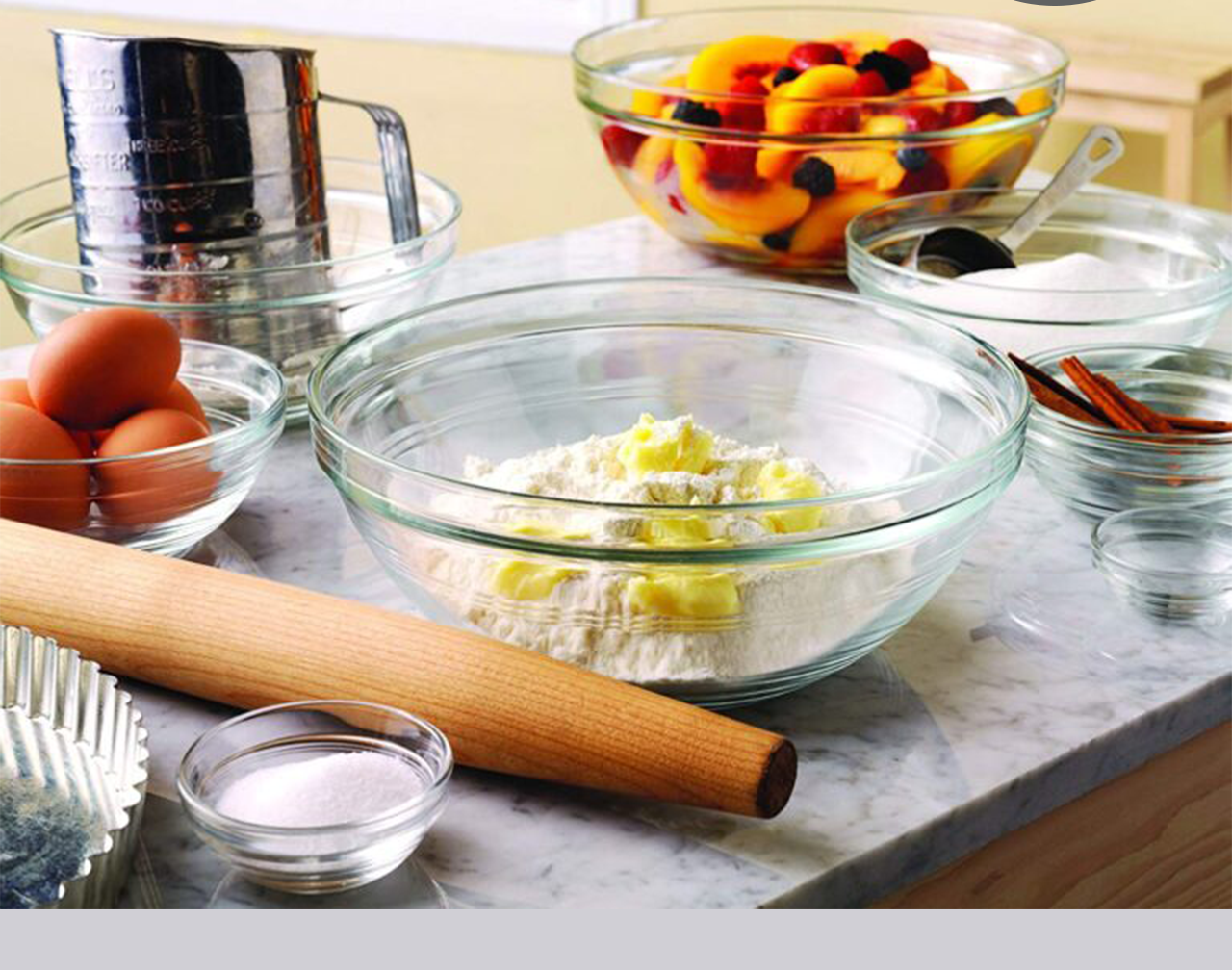
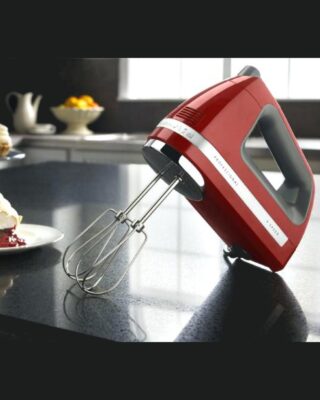
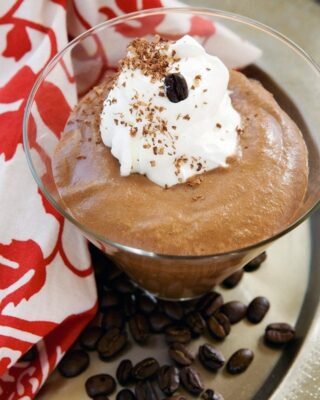
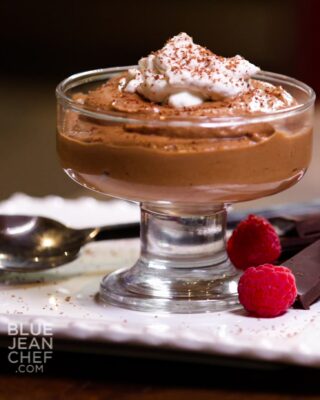
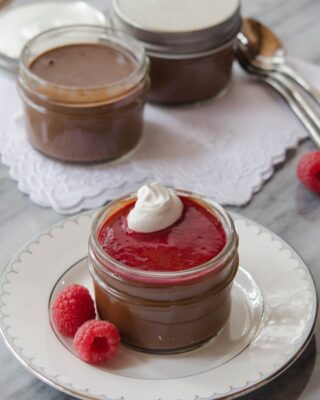
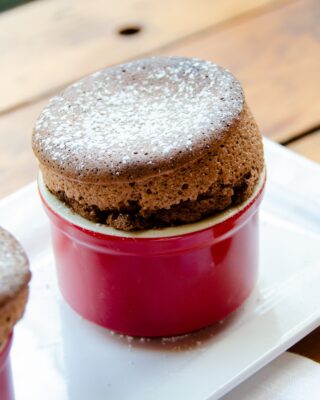
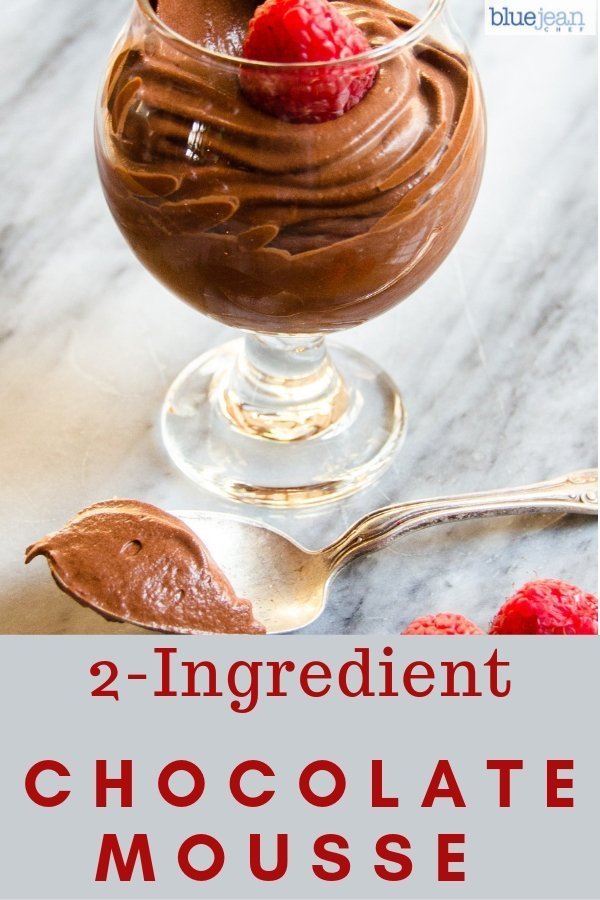
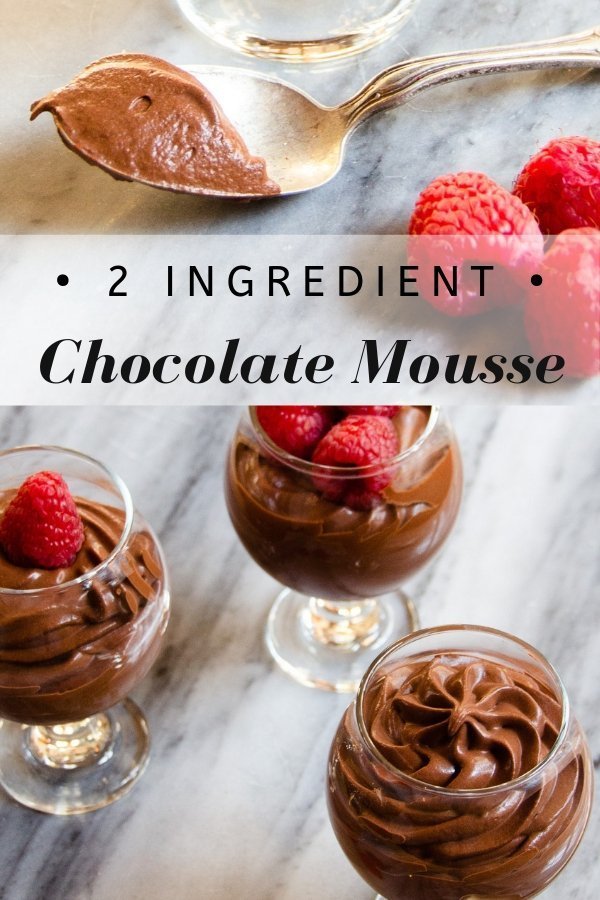
Would love to try this. Can it be made using an electric hand mixer with a whisk attachment.
Yes, but just be careful not to over-mix it.
delicious and decadent!
Can this be doubled or even tripled?
You can increase the quantities, but whipping it will be a little tougher/longer.
Can white chocolate be used?
Hi Jennifer. I don’t believe it will work with white chocolate since the fat content is very different. 70% dark chocolate has roughly 43g of fat per 100g, whereas white chocolate has only 30-35g of fat per 100g and that depends on what brand you are buying. The amount of fat to water ratio is critical, so I’m afraid it is a dark chocolate recipe.